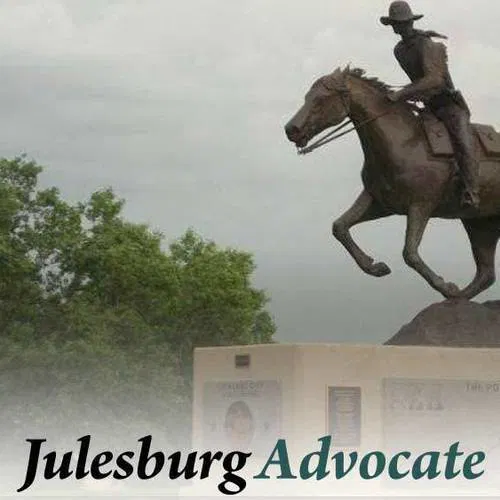- The NTSB released urgent safety recommendations following a midair collision between an American Airlines flight and a Black Hawk helicopter. The January crash killed 67 people and prompted new restrictions on helicopter flights near Reagan National Airport.
- The recommendations include banning helicopters from flying near planes landing or taking off.
- The NTSB’s investigation revealed over 15,000 near-miss events occurred between 2021 and 2024.
Full Story
A federal agency is taking action to improve airspace safety after a deadly midair collision between an American Airlines flight and a Black Hawk helicopter over Washington, D.C., in January. The crash, which killed 67 people, has prompted urgent safety recommendations aimed at preventing future tragedies.
NTSB issues urgent safety recommendations
The National Transportation Safety Board released a set of safety recommendations on Tuesday, March 11. The recommendations called for a ban on helicopters flying near Reagan National Airport. The report focuses on planes flying over the Potomac River, preparing to land or take off from runways 15 and 33.
“We continue to mourn the lives lost in the tragic accident involving Flight 5342. We’re grateful for the National Transportation Safety Board’s urgent safety recommendations to restrict helicopter traffic near DCA and for its thorough investigation.”
American Airlines
As part of the recommendations, all helicopter traffic will pause when planes are near, a significant shift from the previous policy. Before the NTSB’s recommendations, helicopters could fly alongside landing planes, maintaining 75 feet of vertical separation.
Details of the collision
The NTSB’s investigation provides details of the midair collision between a U.S. Army Black Hawk helicopter, reportedly on a training mission, and an American Airlines passenger jet. Investigators noted that warning signs were present. The investigation cites over 15,000 near-miss events between 2021 and 2024 where aircraft came within one nautical mile of colliding.
Data suggests pilots may have missed important radio transmissions from the control tower. According to the report, the helicopter crew likely didn’t hear calls, including one alerting them to the jet circling the area.
The NTSB determined the Black Hawk helicopter was flying at an altitude of around 325 feet when it should have been limited to 200 feet. Conversations from the crew before the crash revealed cockpit data was inaccurate and failed to alert them about their altitude, potentially contributing to the collision.
Transportation Secretary responds to report
In response to the safety concerns raised by the NTSB, the federal government is developing alternative routes around restricted airspace for law enforcement, presidential travel and military flights. These changes aim to further reduce the risk of similar incidents.
The report did not definitively determine the exact cause of the January collision. It offered preliminary findings and a probable cause, and the investigation remains ongoing.



















































































